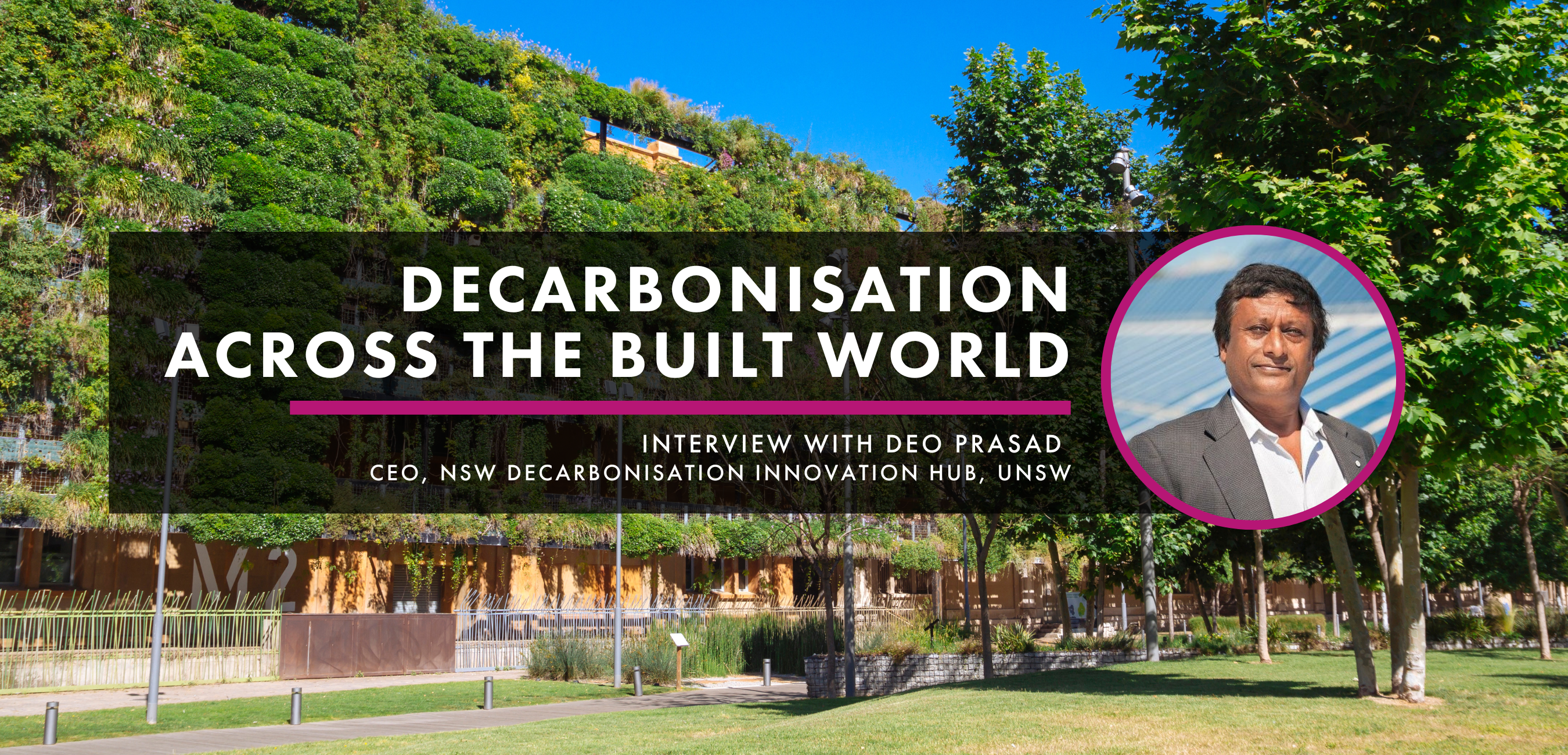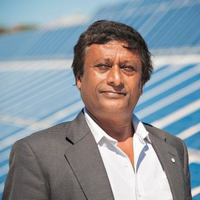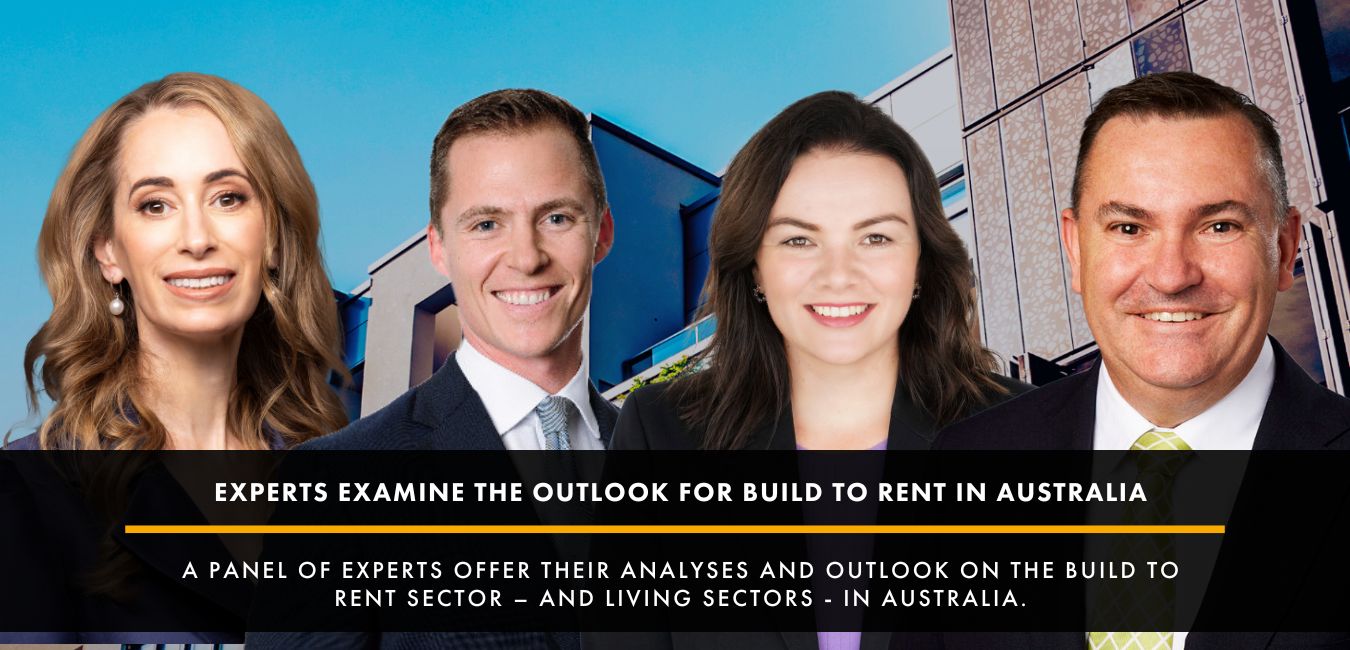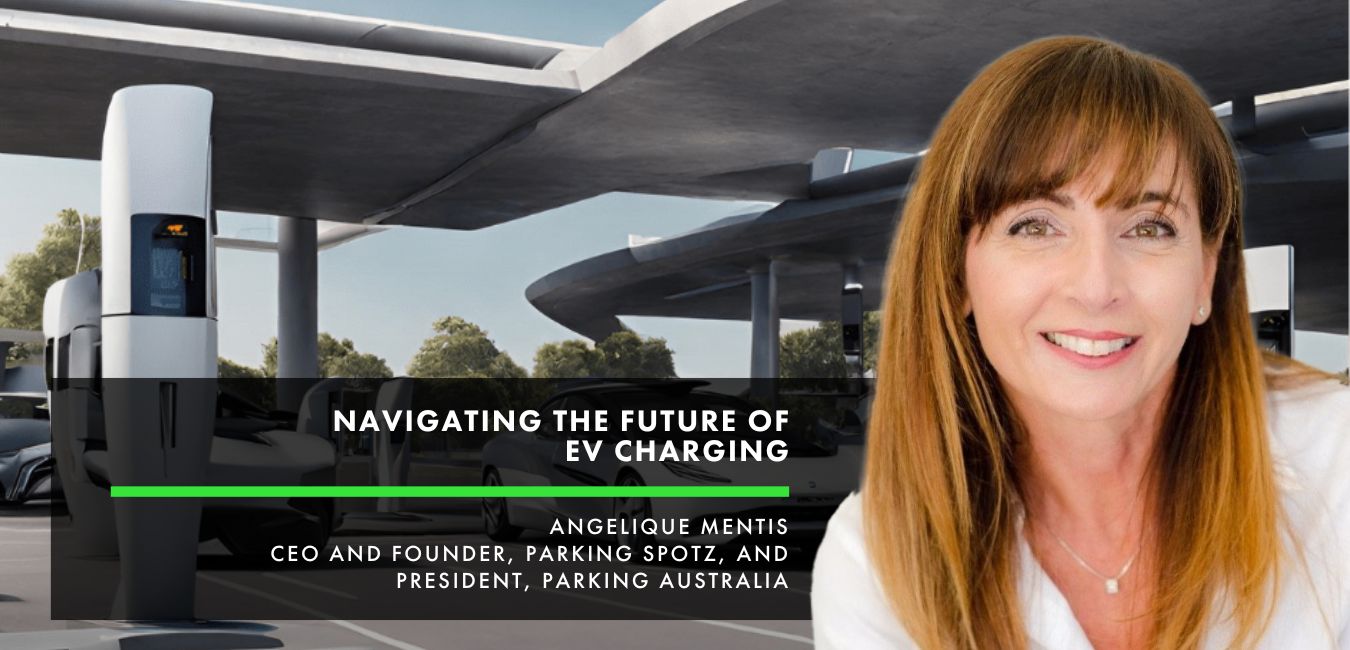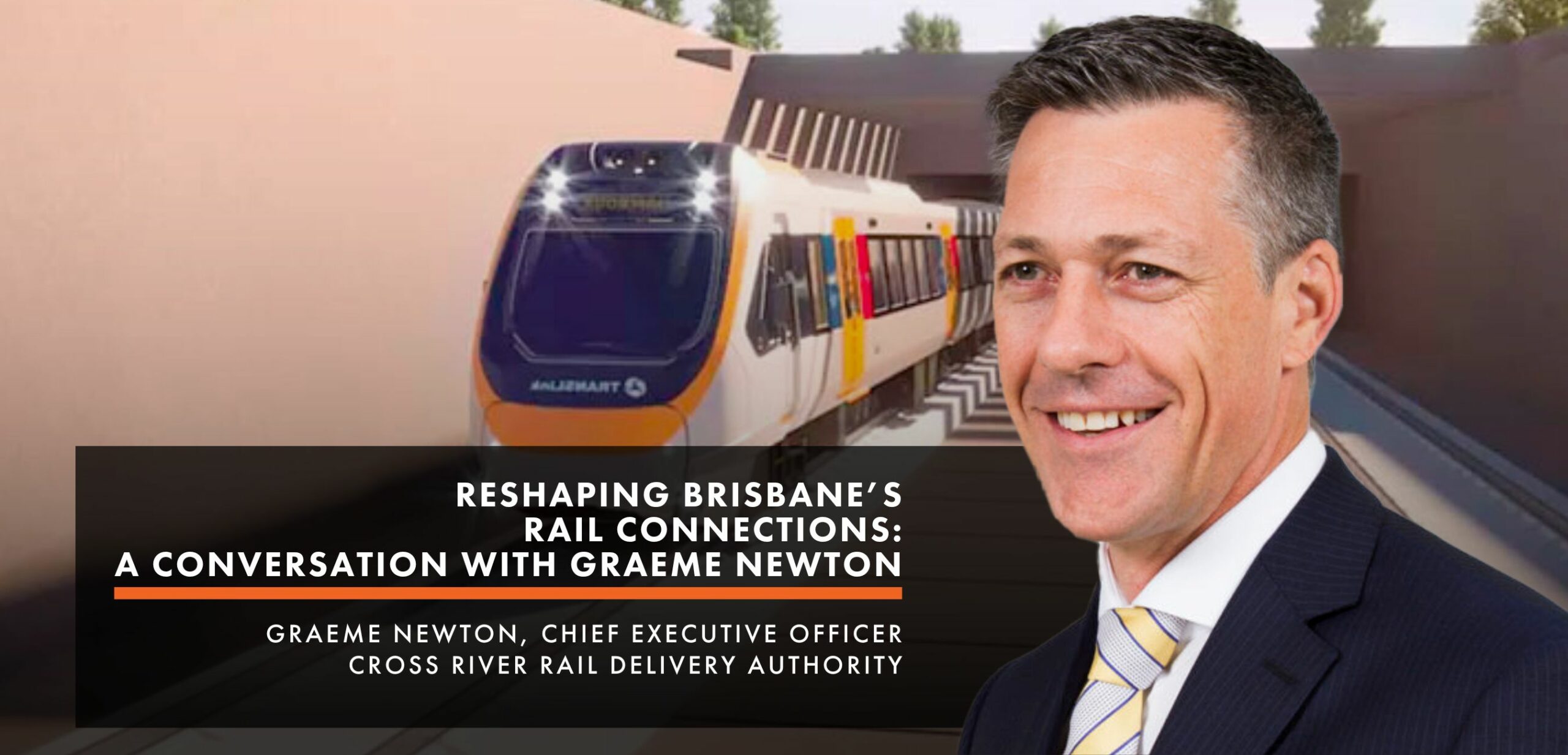FuturePlace Interview Spotlight: Deo Prasad.
Deo Prasad is a Scientia Professor at the University of New South Wales doing extensive research and projects as part of the Cooperative Research Centre’s Low Carbon Living and the NSW Government’s Decarbonisation Hub. We spoke to Deo on some of his work and thoughts on the sector’s net zero strategies towards 2030 and beyond.
FuturePlace: Could you provide us with a quick overview of your current roles?
Deo Prasad: I’m a Scientia Professor at the University of New South Wales and most of my work is on research and innovation with a particular focus on decarbonisation, clean energy, in particular, design and planning of better buildings and cities of the future. It also includes urban microclimates, changing climates and its impact on how we do things. I’m also the chief executive officer of New South Wales Government’s Decarbonisation Innovation Hub, which we are hosting here at UNSW. Over the last 12 months, I was also interim CEO of the Australian Trailblazer for Recycling and Clean Energy.
FP: What is the main purpose of the Cooperative Research Centre for Low Carbon Living?
Deo: The Cooperative Research Centre programme looks at end user driven research, which leads to impact and positive outcomes for business and governments.
There’s massive need for capacity building in this area. As we go towards decarbonisation, there are a lot of products and systems that have the proof of concept and could go to market. There is also lot of evidence required for better policymaking in this area by governments including much needed tools, knowledge translation and knowledge creation in some areas in terms of how architects, planners, and designers can deliver better buildings for the future.
At the CRC, we also looked at how you mitigate against effects of climate change. We had put together industry and governments and received about $100 million in funding for enabling ‘once in a generation capacity building’ in this area. The CRC exceeded all its commitments when it got the fund. Being a major consumer of carbon, 37% of global emissions are caused by the built environment. We also delivered 97 PhD completions and trained researchers qualified to be industry ready.
‘Everyone must be involved in the decarbonisation process.’
FP: How do key stakeholders need to better collaborate to achieve decarbonisation goals?
Deo: Everyone must be involved in the decarbonisation process. The research innovation groups, universities and researchers are taking a lot of the lead in this. The industry has to be solidly behind this. There is money to be made in this area by looking at new materials, low embedded carbon materials and new technologies. Governments will continue to need good quality evidence for better policies. And community involvement is extremely crucial as well.
Everyone must be involved. From a research innovation perspective, we are seeing a lot of industry and governments putting good money in terms of exploring the opportunities for creating new jobs through new products.
FP: What needs to happen in Australia to drive and support innovation and accelerate the transition to a low carbon economy?
Deo: In the entire innovation continuum, there are opportunities for new ideas, products, technologies and materials that translate into low carbon future products. There is a pipeline of technologies which have been parked and they’re not being taken to full market potential.
A survey was conducted by two universities, UNSW and Newcastle, which found that 44% of national pipeline of energy-related technologies were sitting between the two universities. The reason for that, there are failures in the innovation ecosystem whereby issues arose with intellectual property and capacity needed of researchers who can take ideas all the way to TRL3: Technology Readiness Level Three, which is proof of concept. The government funds it before leading to that point, but afterwards, researchers find it very difficult to take it to the next level because that’s when you start bringing in venture capital.
You start getting financial involvement from sharks and other groups who invest in higher risk products. If they succeed, they can make big money out of it. In some cases, they don’t and as a result we find that researchers have a disincentive to continue. Researchers then park it and get their next research project published.
What we are doing through our research and programs is to better explore engagement with venture capital and others. In the US, for example, the venture capital communities are a lot more sophisticated, they invest in high risk projects. Other places like China, for example, the government invests in that area and takes the risk away which makes it easier to take products all the way there.
But in Australia, it doesn’t work that way. Most of our technologies go elsewhere to hit the market. We are looking at those barriers more carefully now. We want to encourage academics and researchers to incentivise them to take products all the way.
‘When it comes to taking ideas forward within the innovation ecosystem, we need to communicate the virtues of the technology or design or systems to those who need to.’
FP: How important is transparent communication and setting achievable benchmarks?
Deo: In most areas, transparent communication is important. When it comes to taking ideas forward within the innovation ecosystem, we need to communicate the virtues of the technology or design or systems to those who need to. For example, in buildings, there’s been so many technologies like solar PV on buildings and many high efficiency products which haven’t been well communicated to designers, planners, owners, clients and developers well enough for them to say “Hey, this makes sense for my building”.
There is a clear need for communicating in the right way to the right people.
FP: Decarbonisation, Clean Energy and Energy Efficiency. Is one more important than the other or are they all important?
Deo: They’re all very important. We have recently launched the Australian Guideline for Net Zero Carbon for new and existing buildings. And within that, there are three key stages in terms of how we can be net zero now. The first one is efficiency, good design, good planning and use of equipment, like lighting, heating, and cooling. They are embedded carbon in the building materials and systems.
In terms of dealing with it upfront, we can reduce the carbon impact right up front in a way that means we are already very close to net zero. The next stab at decarbonisation is through on-site generation, such as solar panels, tri-gen and other technologies to reduce carbon steel on site, many companies are beginning to do that.
If there is still a shortfall, and you’re not net zero, buying clean energy from other sources is a valid option. A lot of the systems already exist and balancing between the three with what we can do through efficiency and managing what you can generate on site and what you can buy off site. And when you buy off site, you have to buy from certified sources.
The key goal to net zero is achievable by balancing between all three.
FP: What are some of the complications for this in the built world in particular to asset owners and managers?
Deo: There are different groups that need different levels of convincing, sometimes it’s communication, the message does not get through to the right people. There are companies that think without doing detailed numbers it’s going to be too expensive.
I think every building owner in the industry should be able to look at exploring which of the ones: efficiency on-site or off-site is the best for them to reach net zero carbon.
It is possible to do that. It’s a matter of cost offsets and if not, it’s a conversation between the design planners and owners.
ESG in Real Estate Summit
Deo will be delivering the Keynote Address at the 3rd annual ESG in Real Estate Summit, taking place on 17-18 May 2023 in Sydney. Bringing together senior real estate investors, owners, operators, developers, lenders and solution providers to examine how the commercial real estate industry can seize opportunities and overcome challenges related to developing and implementing ESG initiatives. The event is unique in its focus on ESG in commercial real estate and capital markets perspective.

